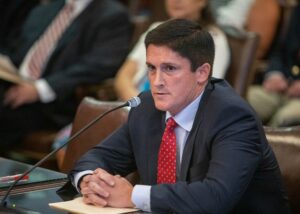Energy Alert
(by Kevin Garber, Sean McGovern and Jean Mosites)
On September 14, 2021, the Sierra Club, PennFuture, Clean Air Council, Earthworks and other groups (Petitioners) submitted two parallel rulemaking petitions to Pennsylvania’s Department of Environmental Protection (DEP) asking the Environmental Quality Board (EQB) to require full-cost bonding for conventional and unconventional oil and gas wells, for both new and existing wells. The petitions do not address or consider the permit surcharges and other funding mechanisms for plugging wells, including the federal infrastructure bill that is expected to provide millions of dollars to plug abandoned wells.
Background
The Pennsylvania General Assembly addressed and increased bonding in 2012. Under Act 13, well owners/operators are required to file a bond for each well they operate or a blanket bond for multiple wells. Currently, the bond amount for conventional wells is $2,500 per well, with the option to post a $25,000 blanket bond for multiple wells. 72. P.S. §1606-E. For unconventional wells, the current bond amount required varies by the total well bore length and the number of wells, and is limited under the statute to a maximum of $600,000 for more than 150 wells with a total well bore length of at least 6,000 feet. 58 Pa.C.S. §3225(a)(1)(ii). EQB has statutory authority to adjust these amounts every two years to reflect the projected costs to the Commonwealth of plugging the well.
Proposed Changes to Bond Amounts
The Petitioners contend that a lack of full-cost bonding has resulted in the abandonment of thousands of wells and that such wells pollute the environment and adversely affect the health of communities, and allege that the EQB has an obligation to increase bond amounts pursuant to the petition under the Environmental Rights Amendment. …
 On September 8, 2021, the Department of Energy (DOE) released its
On September 8, 2021, the Department of Energy (DOE) released its 
